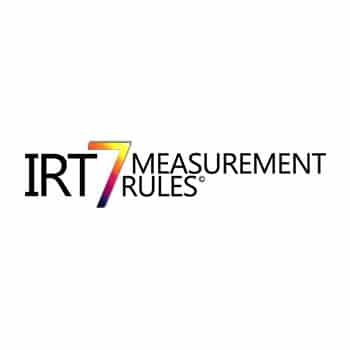Infrared Thermography CAT1A
Tailored for the newcomer to the world of Thermography; the course focuses on the seven basic rules to be followed when using a thermal camera in practice to measure temperature accurately enough to base sound engineering decisions on the results.
On the first day, you’ll learn the essentials of using a thermal camera effectively. Day two focuses on using the camera practically, taking images of real life equipment measurement and including the creation of a thermal report from the images taken with your own camera using the supplied software.
Bring your camera and your laptop and our experienced thermographers will get you, your camera and your software up and running in two wonderfully interesting and valuable days.
Who Should Attend This Course?
- First time Infrared Thermography Camera owners
- Basic training before attending Infrared Thermography Level 1 course
Course Benefits:
This course accelerates the user’s ability to use the thermal camera and the software for the purpose it was bought for – quickly and without fuss. It will enable you to put an expensive instrument to immediate good use, minimising the start-up time to produce the first thermal report correctly and with confidence.
Introduction to the peculiarities and applications of infrared thermography.
- Focus – Learn the “How To” of a thermal camera, and understand why focussing sounds easier than it really is, i.e realising the difference between IR and Visual.
- Composition – Understand the concept of the identification of an Object of Interest (OOI) and an Area of Interest (AOI); as well as collecting and presenting the thermal data correctly.
- Thermal Contrast – Understand that cameras are not intelligent and can only display what it sees, and that thermographers need to adjust every image to reveal the real thermal patterns.
- Environment – Adjusting for, and understanding the importance of, the influences of the atmosphere on your measurements.
- Reflected Apparent Temperature – Understand that everything always reflects something and that your target is mostly a mirror! Learn the importance of Trefl and how to estimate it correctly.
- Emissivity – Learn the practical craft of measuring and estimating emissivity and the importance of getting it right (Plus a few practical tips for the field).
- Data Capture – Learn the practicalities involved with saving and working with thermal data.
The remainder of the afternoon is spent discussing the interpretation and analysis of field case studies.
- Practice the measurement rules by performing thermal inspections.
- Produce and prepare a report template in your software.
- Managing thermal data and producing a thermal report.

Course Info
- Dates
- 19 May - 20 May 2025 (JHB) IR-C0-4
- 29 Sep - 30 Sep 2025 (JHB) IR-C0-9
- Location
- Johannesburg
- Duration
- 2 Days
Course Length:
24 hours
License:
1 seat x 365 days*
